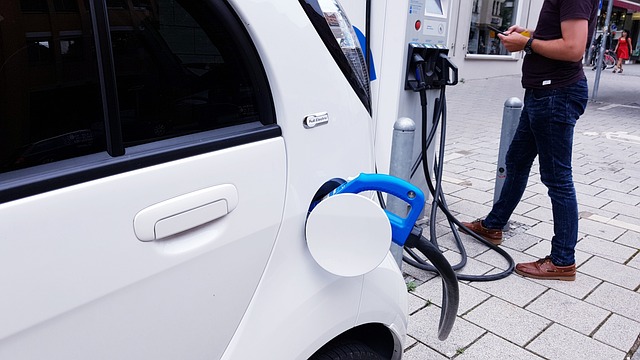Operational Tactics to Maximise Solar Energy at Sea
Practical operational tactics help marine operators and designers increase onboard solar harvesting and system efficiency. This article outlines actionable approaches for photovoltaics, electrification, battery and storage management, and upkeep to improve range and sustainability in maritime settings.

Operational success for vessels using solar energy depends on practical routines and system-level planning. Crew habits, route choices, and simple adjustments to charging and storage protocols can improve effective energy capture and extend operational range without major hardware changes. This article presents clear tactics for integrating photovoltaics with hybrid propulsion, managing electrification and battery systems, and aligning maintenance and regulation practices to support renewables in marine environments.
How to optimise photovoltaics on vessels
Maximising solar yield starts with panel placement, tilt, and cleaning routines adapted to marine conditions. Arrange photovoltaics to minimise shading from superstructures, antennas and sails; where feasible, use articulated mounts or lightweight tilting arrays to follow sun angles during extended daylight. Anti-soiling coatings and regular wash cycles reduce fouling from salt spray and bird droppings, preserving output. Monitor PV performance with onboard analytics to detect degradation or soiling quickly. Combined with predictive weather planning, these measures help capture more energy during high-insolation periods and reduce reliance on auxiliary power.
Electrification and hybrid propulsion choices
Choosing between full electrification and hybrid arrangements depends on mission profiles and range needs. Hybrid systems pair internal combustion or fuel cells with electric motors to allow solar-charged batteries to power low-speed operations, while combustion assists for high-power demands. Electrification strategies should prioritise efficient motor controllers and reversible chargers that allow regenerative braking or propeller energy recovery where applicable. System integration that considers power electronics efficiency, weight distribution and vessel hydrodynamics reduces energy waste and enhances the benefits of onboard renewables.
Battery and storage management
Effective battery and storage tactics extend life and improve usable capacity. Implement charge management that keeps states of charge within manufacturer-recommended windows, avoiding deep discharges when possible. Use battery management systems (BMS) to balance cells, monitor temperatures, and isolate faults. Consider modular battery architecture to allow partial reconfiguration for maintenance or scaling. Thermal management—insulation or active cooling—preserves performance in variable marine climates. Regular testing and capacity checks identify degradation early, enabling planned replacements rather than emergency downtime.
Retrofit and design considerations
Retrofitting existing vessels demands careful assessment of structural load, electrical integration and center-of-gravity changes. Start with a site survey to map optimal photovoltaic zones and cable runs, and evaluate roof and deck reinforcement needs. For new designs, integrate PV into superstructure geometry, use lightweight composite panels and route wiring to reduce resistive losses. Prioritise accessible placement for maintenance and consider hybrid layouts that allow incremental upgrades to battery or charging systems. Working with naval architects or local services experienced in marine retrofits reduces installation risk and regulatory friction.
Charging strategies and range planning
Smart charging schedules align solar production with consumption peaks to conserve stored energy. Charge batteries during peak sun and shift non-critical loads—pumps, desalination, galley systems—to daytime hours. Use shore-side fast-charging opportunistically where available, and plan routes to exploit favorable weather windows for solar harvesting. Range planning should account for seasonal solar variations and reserve margins for safety. On voyages, monitor energy budgets continuously and adjust speed or auxiliary use to extend range when solar generation falls below predicted levels.
Regulation, maintenance, and sustainability
Compliance with maritime regulation affects installation and operation: ensure inverters, batteries and charging systems meet classification society standards and local electrical codes. Maintain documentation of modifications and routine inspections to satisfy port and flag-state requirements. Develop a maintenance schedule covering PV cleaning, electrical terminations, battery health checks and cooling systems. Sustainability goes beyond renewables—proper end-of-life handling for batteries and panels, and selection of recyclable materials, reduce environmental impact. Training crew in basic diagnostics and safety procedures reduces downtime and improves long-term performance.
Operational tactics that combine careful system design, disciplined charging and storage practices, and routine maintenance can substantially increase the practical benefits of onboard solar energy. By matching photovoltaic deployment to vessel profile, adopting appropriate electrification or hybrid schemes, and following regulation-conscious maintenance plans, operators can improve energy utilisation and marine sustainability while maintaining operational reliability.






